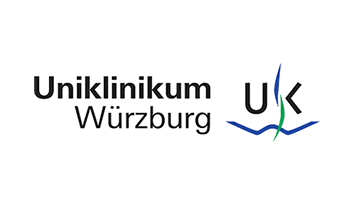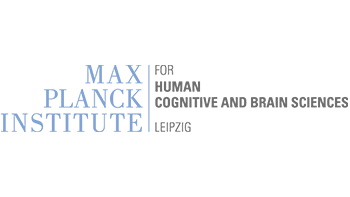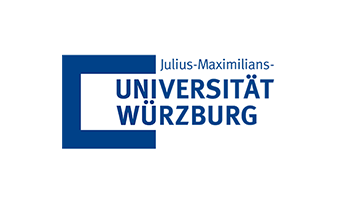Goede LL, Al-Fatly B, Li N, Sobesky LK, Bahners BH, Zvarova P, Neudorfer C, Reich M, Volkmann J, Zhang C, Odekerken VJJ, de Bie RMA, Younger EFP, Corp DT, Middlebrooks EH, Joutsa J, Dirkx M, Deuschl G, Helmich RC, Kühn AA, Fox MD, Horn A.
Nat Commun. 2025 May 22;16(1):4772. doi: 10.1038/s41467-025-60089-6. PMID: 40404653.
Abstract
Tremor occurs in various forms across diverse neurological disorders, including Parkinson’s disease and essential tremor. While clinically heterogeneous, converging evidence suggests a shared brain network may underlie tremor across conditions. Here, we empirically define such a network using four modalities: lesion locations, atrophy patterns, EMG-fMRI, and deep brain stimulation outcomes. We show that network connectivity robustly explains clinical outcomes in independent cohorts undergoing deep brain stimulation of the subthalamic nucleus for Parkinson’s disease and the ventral intermediate nucleus for essential tremor. Maps from each cohort accounted for outcomes in the respective other, supporting a disorder-independent tremor network. A multimodal agreement map revealed consistent substrates in the primary motor cortex and motor cerebellum. To validate the network, we test its predictive power in a third, independent cohort treated with pallidal stimulation for Parkinson’s disease. Our findings define a robust, cross-condition tremor network that may guide both invasive and noninvasive neuromodulation strategies.










